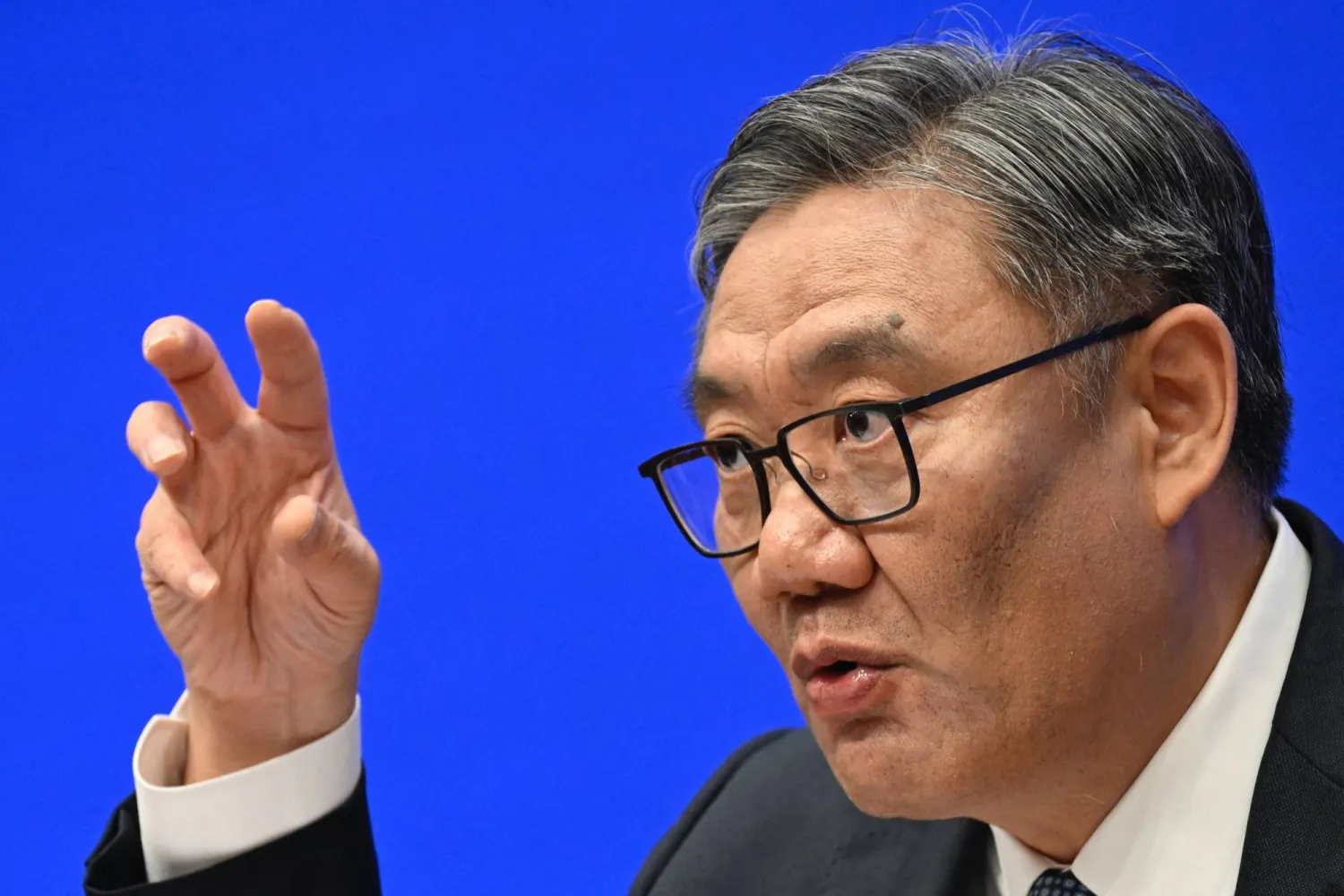Amid a fast-paced financial world, Saudi Arabia is emerging as a very bright spot for the future of the financial technology sector in the Middle East.
What makes the Kingdom a prominent home for financial technology in the region are several record achievements, foremost of which is the development of infrastructure to be ready for innovative products, and the issuance of legislation aimed at enabling companies and new technologies.
In May, the Saudi Cabinet approved the Kingdom’s financial technology strategy, a move that experts said would enable and activate modern means in the financial sector and attract local and foreign companies to work in an equipped infrastructure in the Kingdom.
The strategy comes as a new pillar within the Kingdom Vision 2030’s Financial Sector Development Program (FSDP).
Kingdom Vision 2030 seeks to develop the national economy, diversify sources of income, enable financial institutions to support the growth of the private sector, and open the way for new companies to provide financial services in Saudi Arabia.
Capital Market Authority (CMA) Chairman Mohammed Elkuwaiz clarified that the strategy supports all financial technology activities through transformation engines combined with initiatives that support service providers and develop the sector’s infrastructure.
The strategy comprises six key transformational drivers, which are: highlighting the Saudi identity globally, strengthening the regulatory framework, supporting the sector, developing human resources, advancing technical infrastructure, and enhancing cooperation at the local and global levels.
These transformational drivers include 11 initiatives, which will help strengthen Saudi Arabia's position globally in the field of fintech and support the kingdom's GDP by creating additional job and investment opportunities by 2030.
Fintech strategy was designed within the FSDP through collaborative efforts among the following entities: SAMA, CMA, Ministry of Finance, Ministry of Communications and Information Technology, Ministry of Investment, the Small and Medium Enterprises General Authority (Monsha'at), and Fintech Saudi.
The shared vision of those entities is to achieve global competitiveness and make Saudi Arabia a fintech hub where technology-based innovation in financial services is the foundation for enhancing the economic empowerment of individuals and society.







